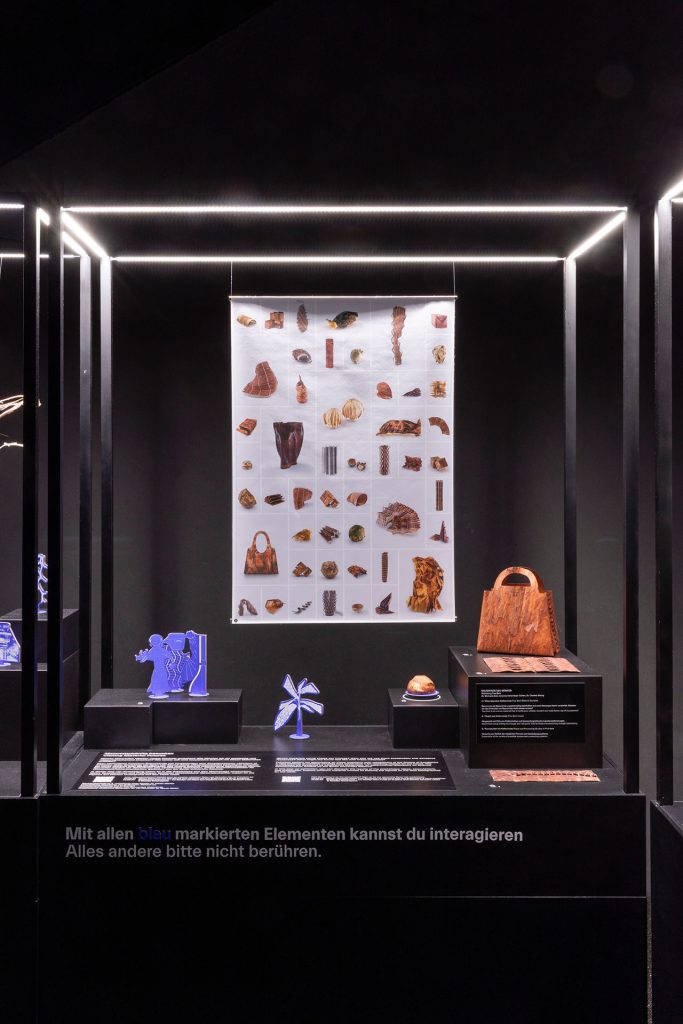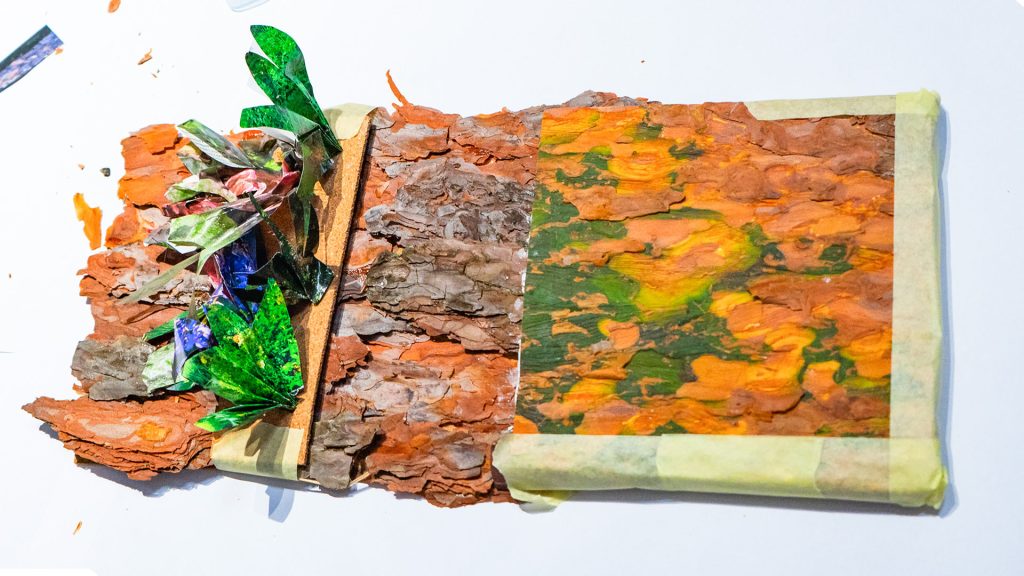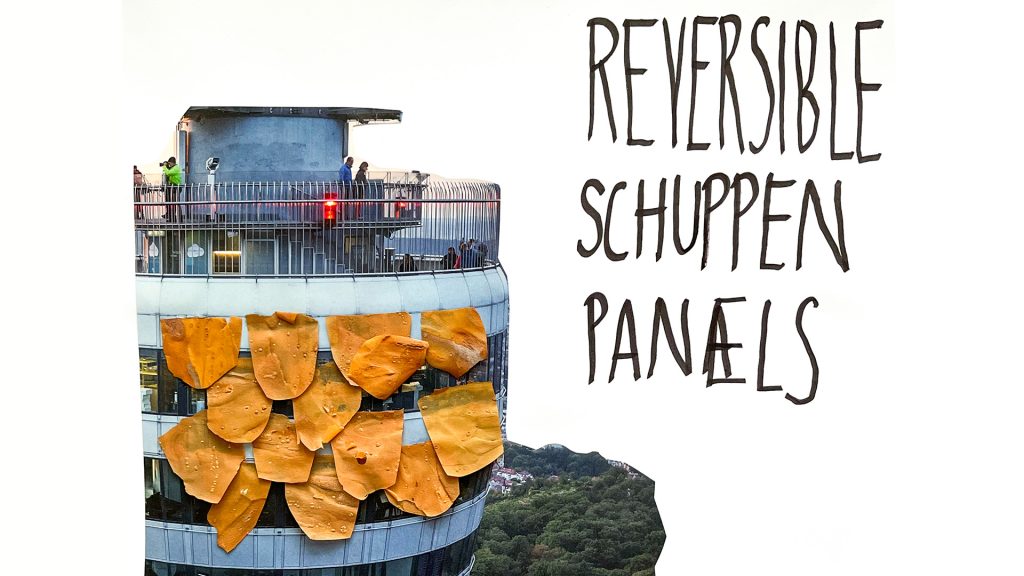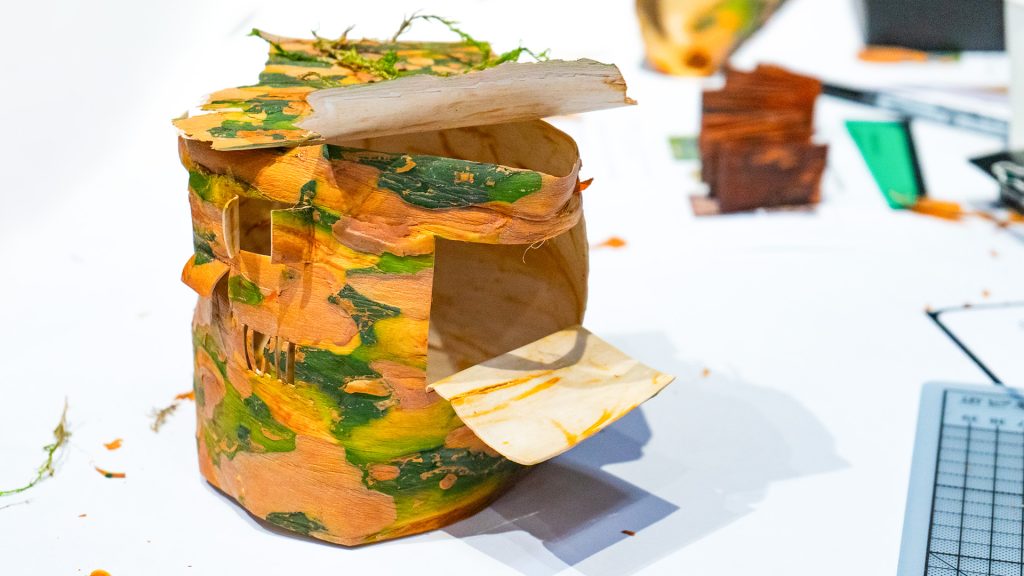
According to Julian Vincent (Professor of Biomimetics), in nature: »Shape is cheap, but material is expensive«. If we are to move toward a resource-conserving future, developing high-quality products from bark and using them sustainably would be desirable. Basic research into bark’s chemical and physical properties helps make optimum use of this material and foster a new appreciation of it.







